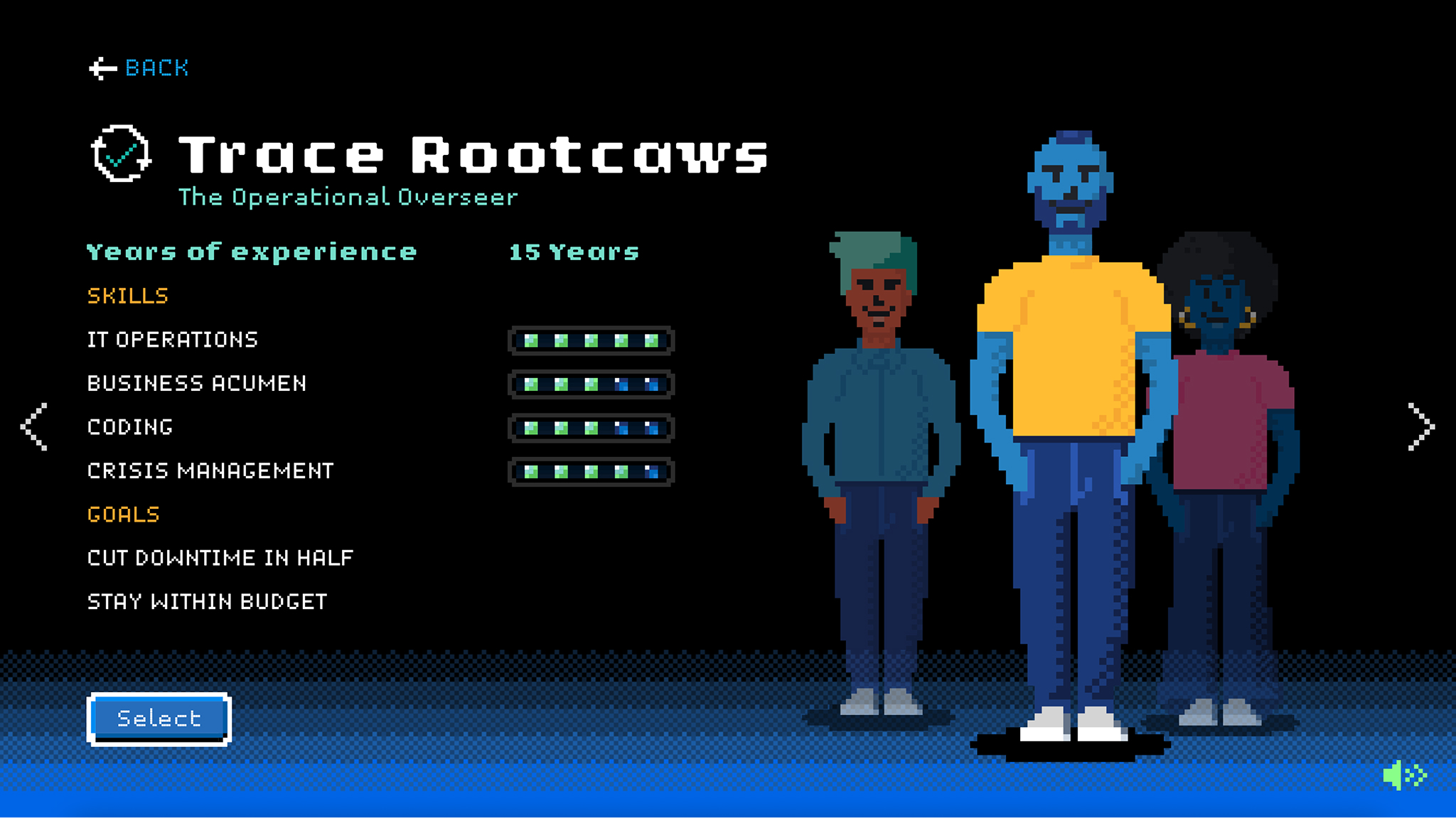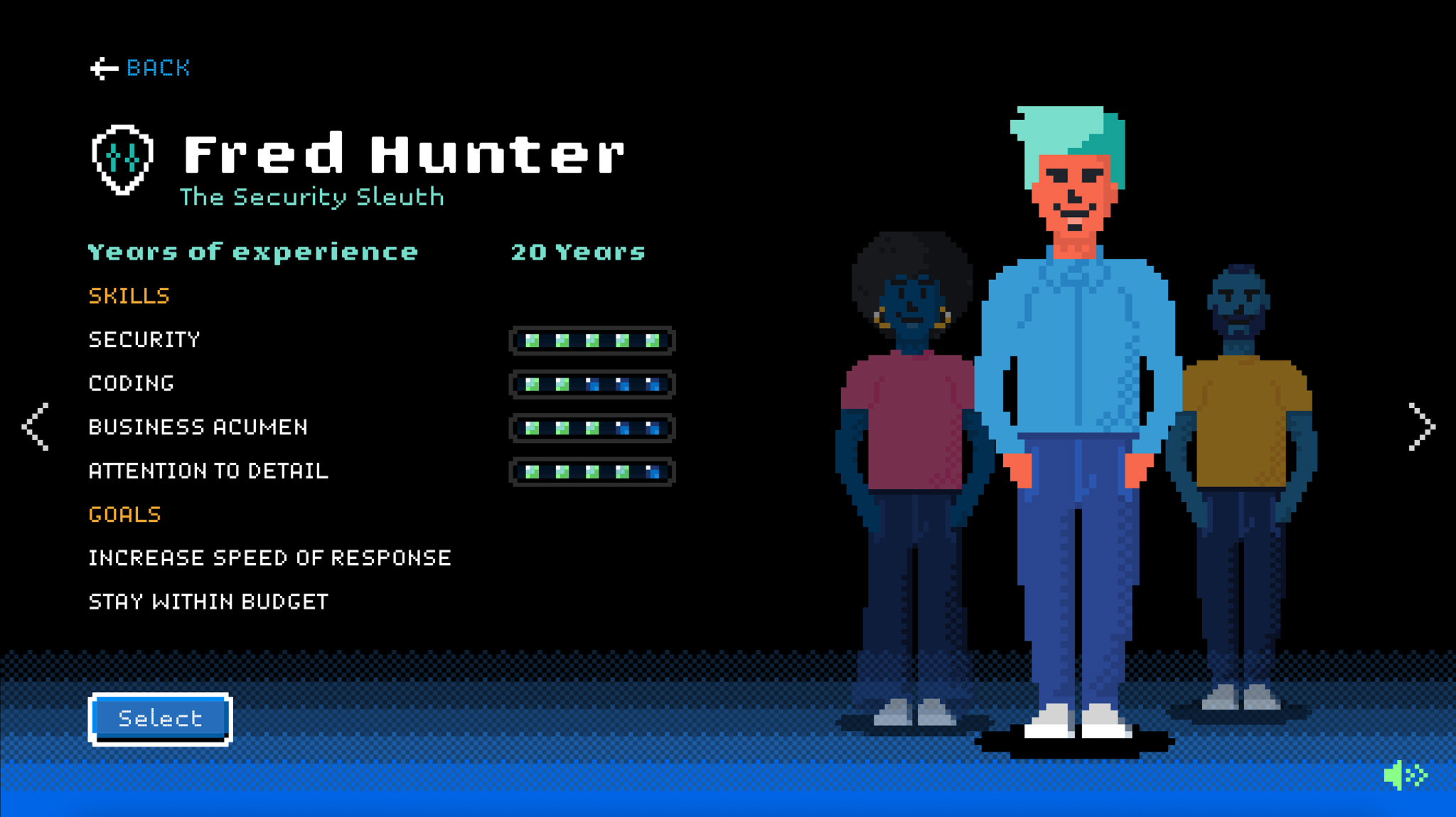Case Study: Illustration as a storytelling engine
How illustration powers storytelling across brands, campaigns, and worlds.
Overview
Illustration has been at the center of my storytelling approach for clients across industries, and my own creative worlds. From data-driven infographics to character-driven comics, immersive isometric systems, and mythic portraiture, I’ve used illustration to simplify the complex, energize the technical, and bring humanity into both brand experiences and original fiction.
The challenge
Brands (and stories) often struggle to communicate technical, abstract, or emotional ideas in ways that feel approachable, memorable, and resonant. Traditional design assets—charts, decks, or photography—don’t always bridge the gap between clarity and connection. Illustration became a powerful tool to solve this, whether the goal was to humanize enterprise cybersecurity data or to embody the spirit of a fictional king.
My role
Across multiple campaigns and creative platforms, I’ve acted as both creative director and hands-on illustrator, blending strategic storytelling with stylistic versatility:
- Concepting characters, worlds, and narrative arcs
- Designing visual systems (comic book panels, isometric diagrams, infographic flows)
- Executing hand-drawn, vector, 3D, and AI-assisted illustration styles
- Integrating illustration into multi-channel campaigns (web, video, social, in-room experiences)
- Developing original character portraits and mythic visual language for my novel Chronicles of Durajan
The approach
Illustration was never decoration—it always served a storytelling purpose:
- Infographics (British Airways, Adobe, IBM): Breaking down complex survey data into relatable, bite-sized stories.
- Comic & Character Series (SolarWinds, HARMAN, Elastic): Transforming employees, products, or technical processes into heroes with narrative arcs.
- Gaming & Pixel Art (Elastic, Microsoft Mission Mars): Using illustration to immerse participants in interactive, game-like environments.
- Isometric Worlds (IBM, internal dashboards): Creating precise, explorable visual systems that make abstract architectures tangible.
- World-Building & Portraiture (Chronicles of Durajan): Bringing fictional cultures and characters to life through evocative, hand-rendered portraits that carry weight, myth, and humanity.
The results
- Campaigns adopted globally (Microsoft, HARMAN)
- Cultural engagement (fan art, cosplay, murals)
- Expanded media coverage through highly shareable visuals (IBM, British Airways, Adobe)
- Long-term adoption as brand canon (SolarWinds characters still in use years later)
- Reader immersion and emotional connection in Chronicles of Durajan, where illustrations help ground mythic storytelling in human presence and identity
The takeaway
Illustration is more than art style. It’s a storytelling engine that can flex from playful to precise, from metaphorical to architectural. Across campaigns, it has consistently unlocked new ways for brands to connect with audiences, educate through clarity, and inspire through imagination.
Project gallery
The Durajan Series
Painterly realism and technical restraint. My debut novel and fulfillment of a childhood dream. Pursued for the joy of creating worlds with meaning.




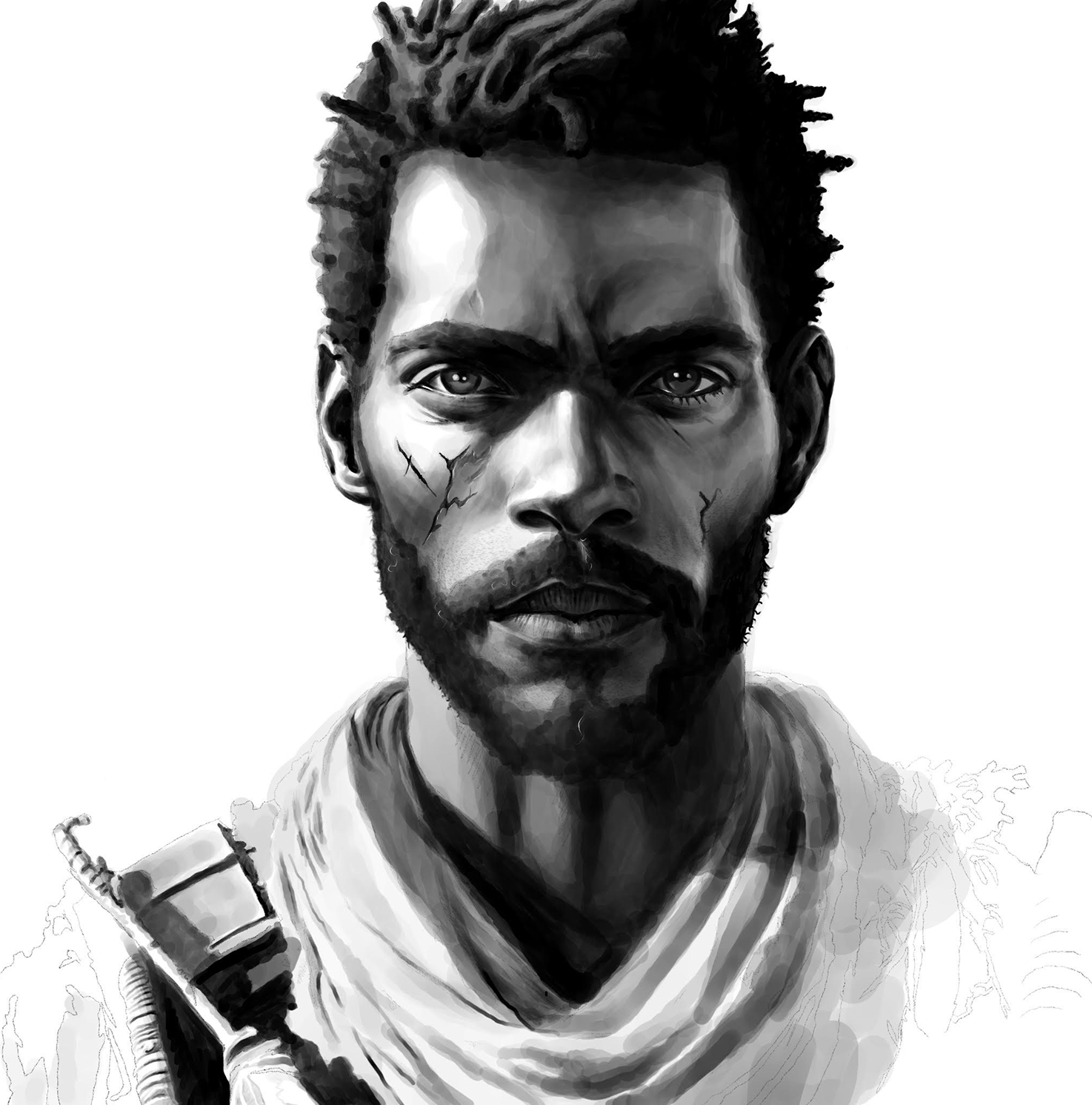

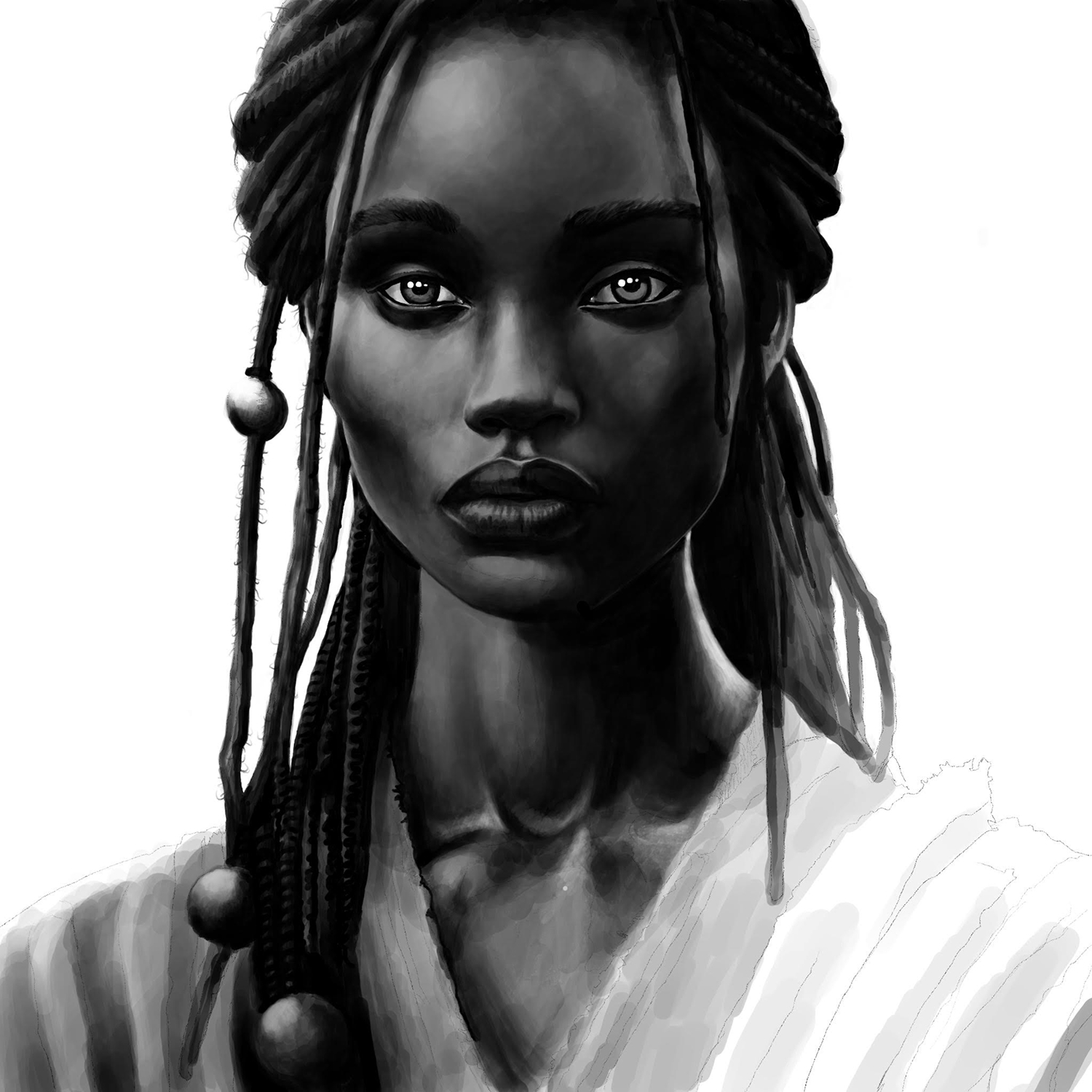
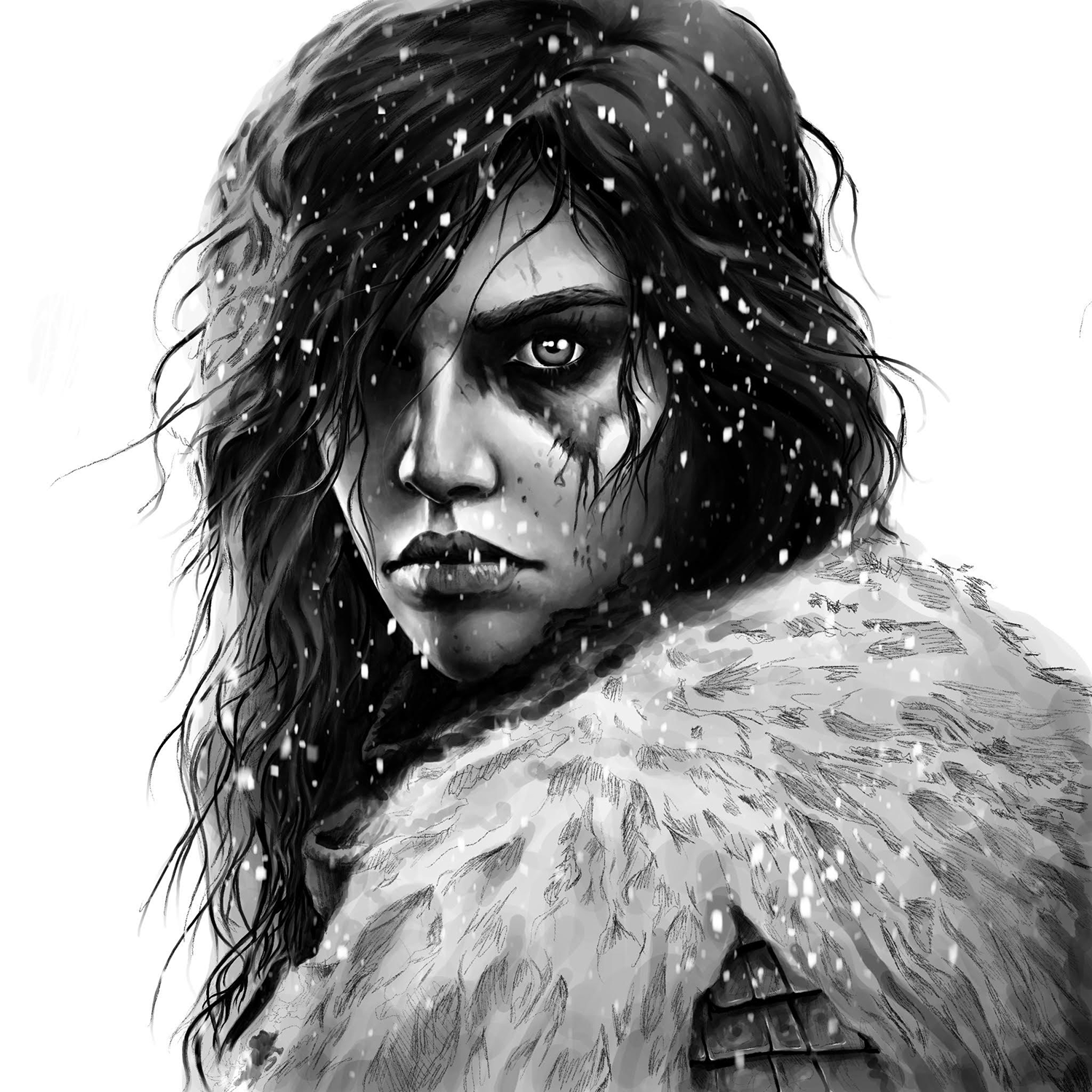

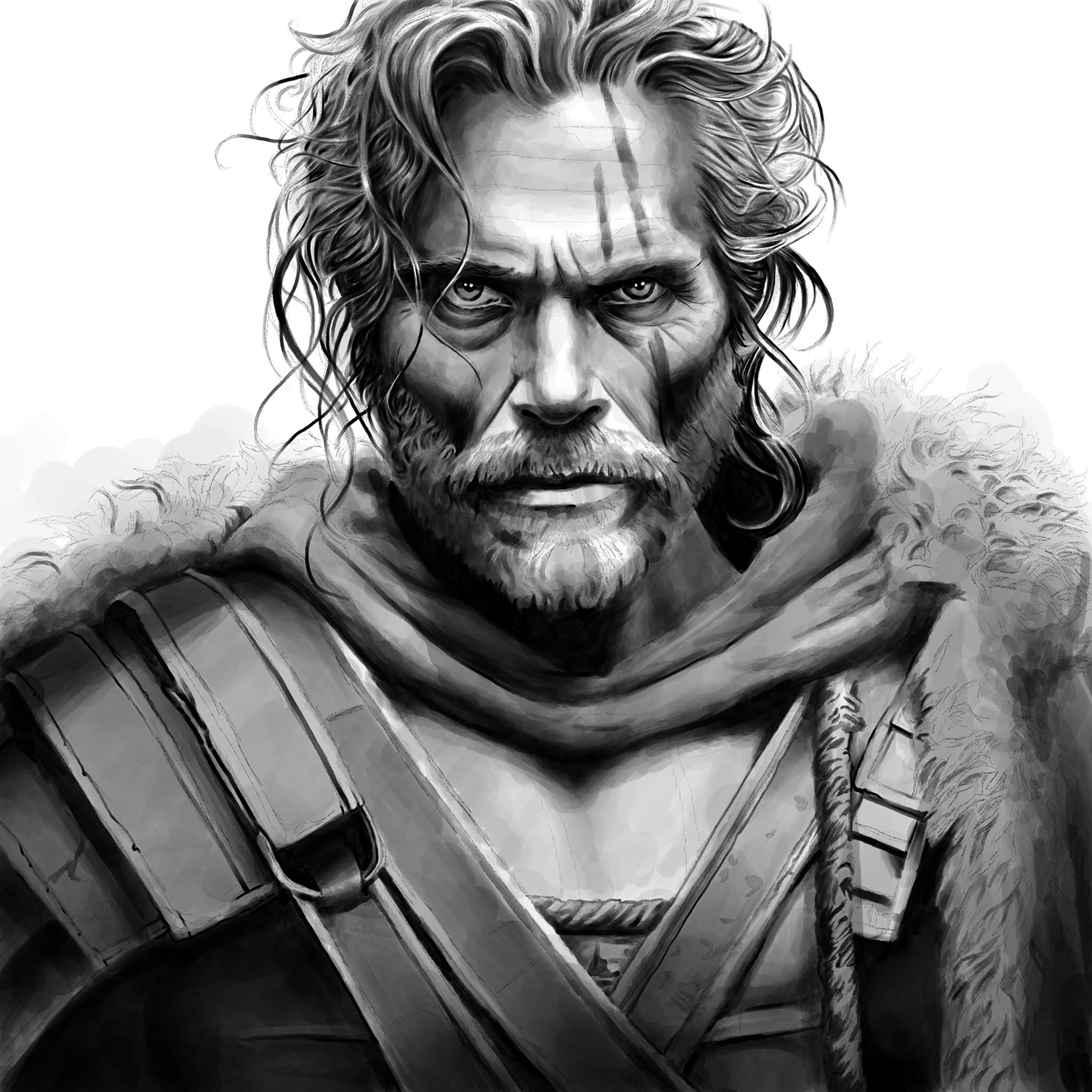

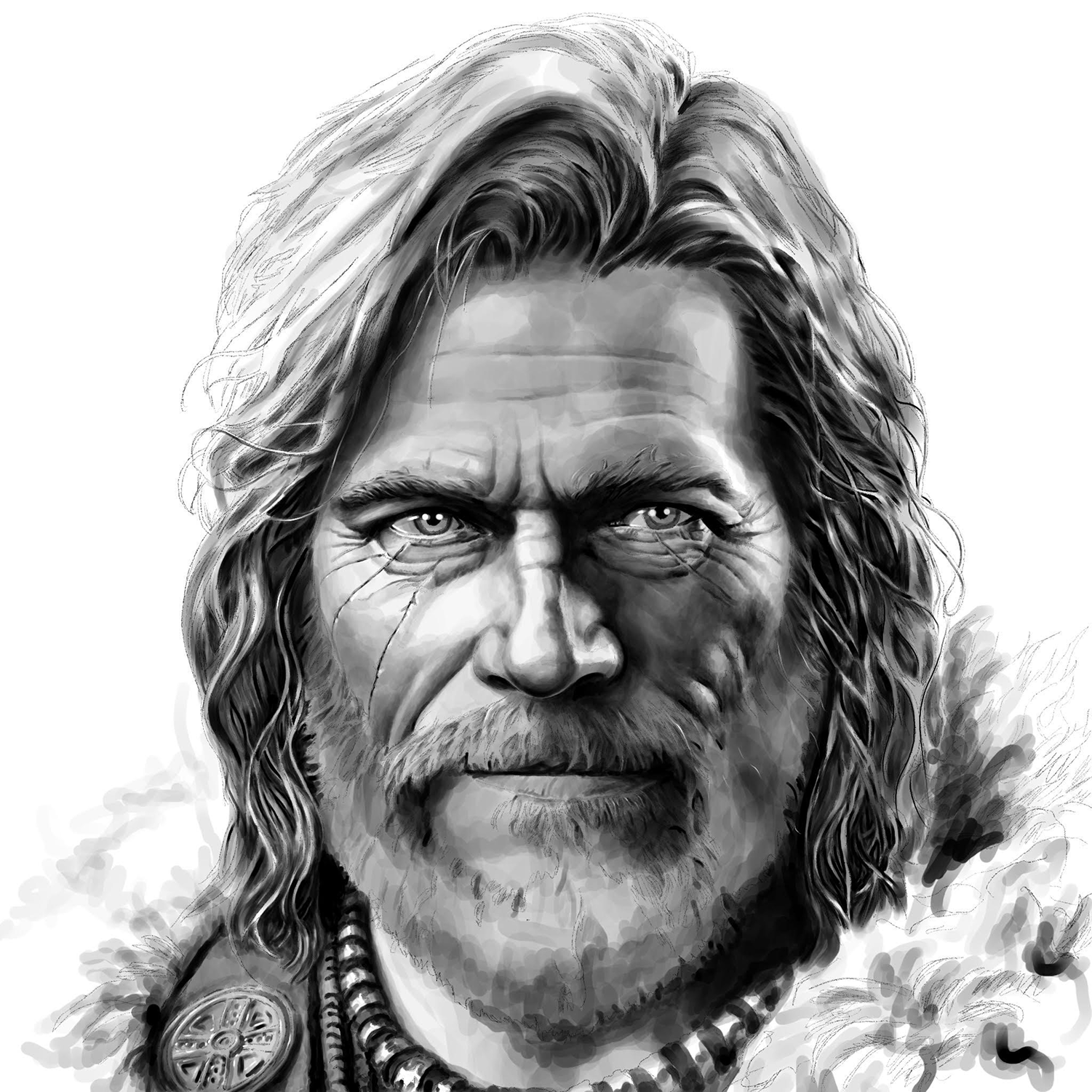
Infographic Illustration
British Airways, Adobe, SolarWinds




Character Design
Solarwinds Knowstradamus, Harman Drive, Solarwinds Sysmen Heroes, Solarwinds Sysadmin Heroes
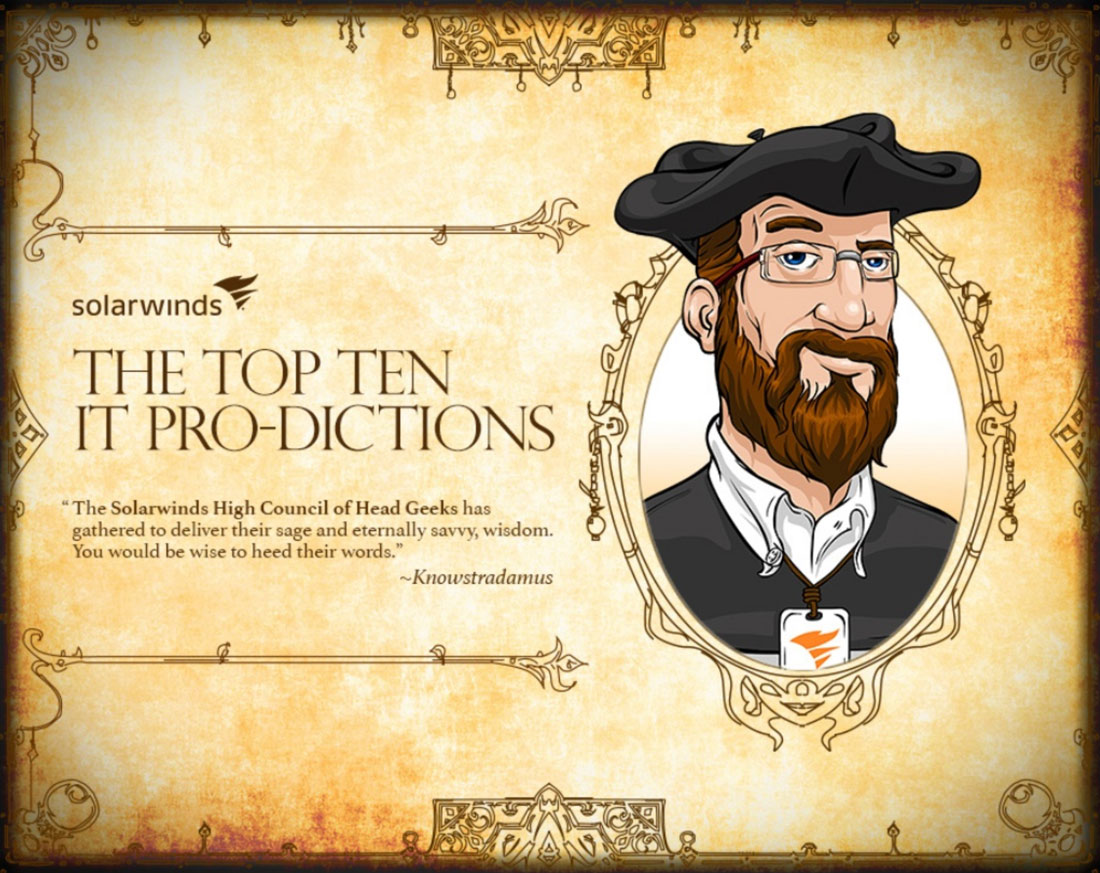
Harman Drive

Sysmen Heroes
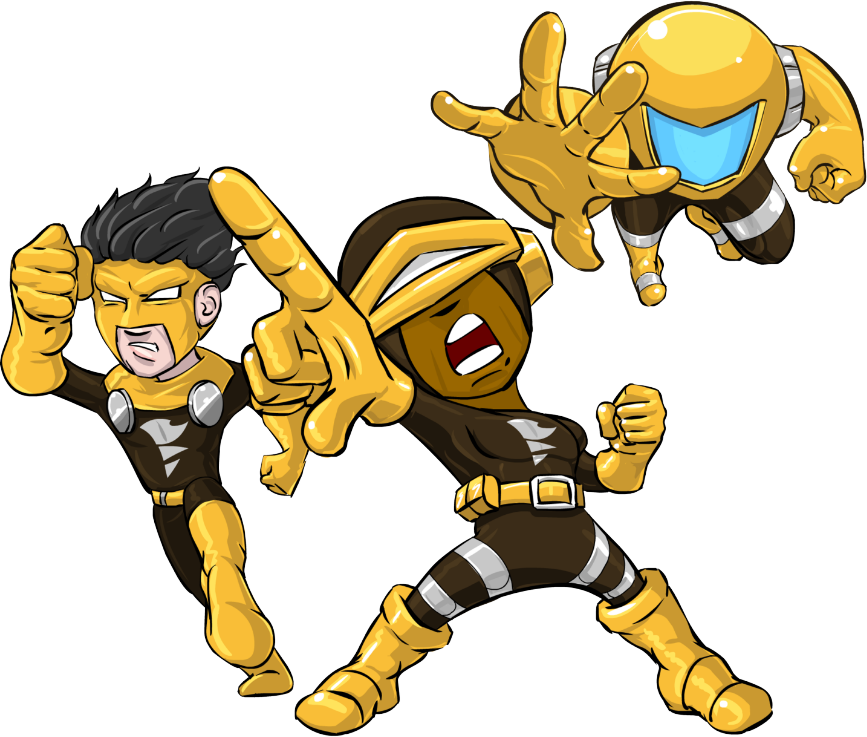
Sysadmin Heroes

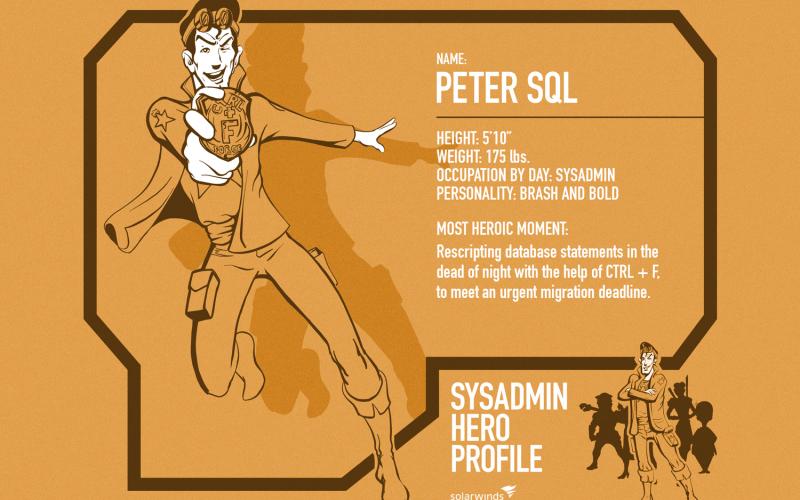
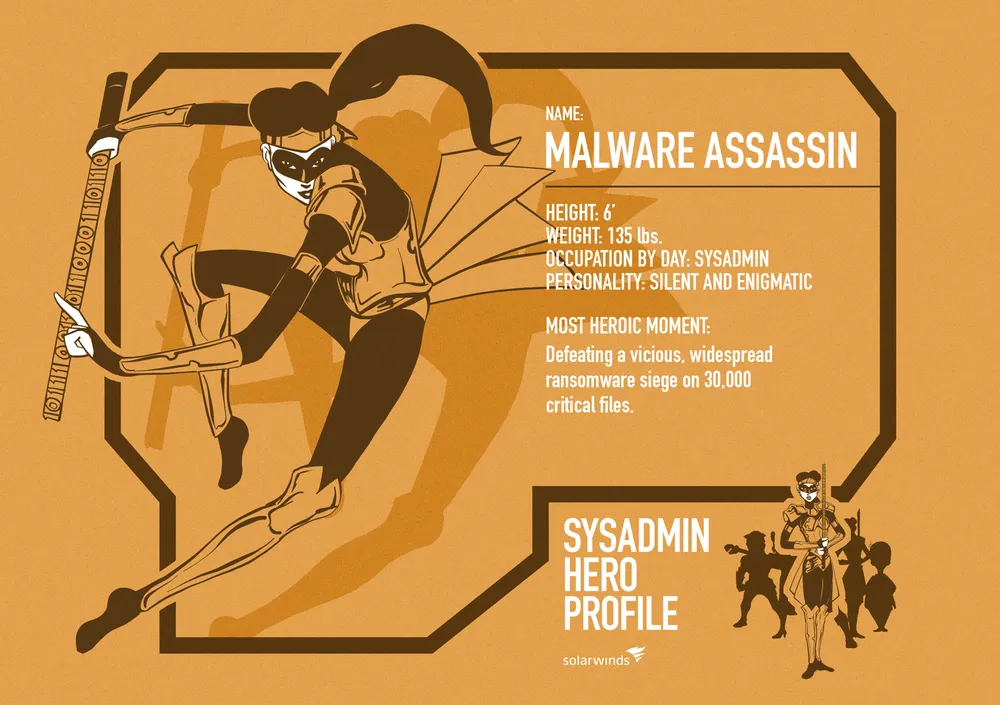


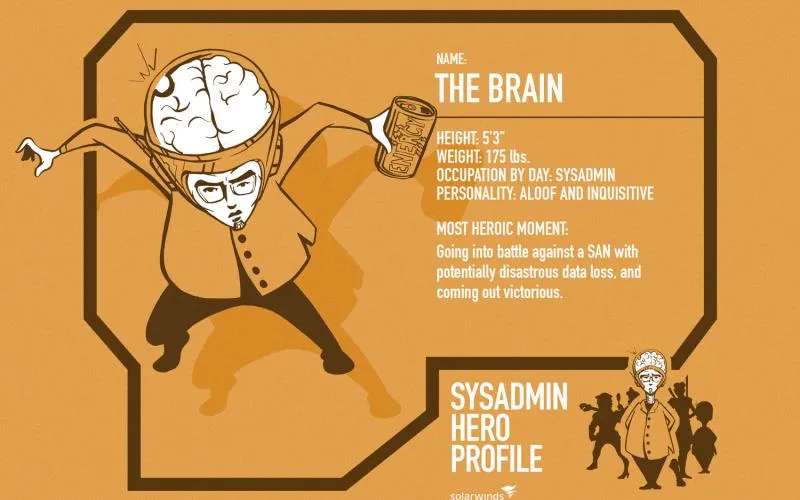
IBM Systems and Platform Overviews
Isometric & 3D Visualizations








IBM Stylized Linework

IBM Stylized Linework



Elastic Decision Dilemma
Retro Pixel art
